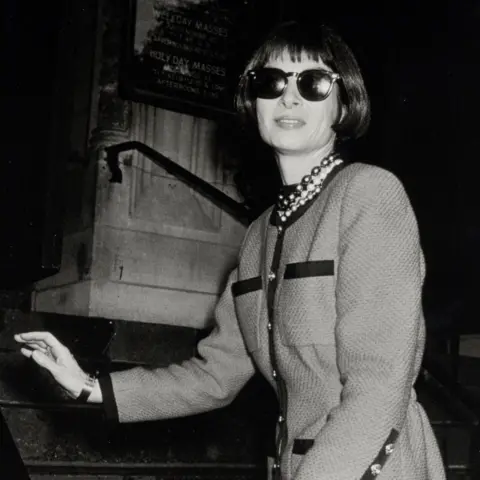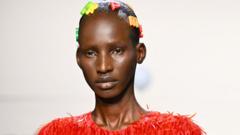The high fashion industry is witnessing a dramatic shift back to traditional beauty standards, leaving body positivity in the past. Once celebrated in the 2010s, the movement aimed to embrace diversity in size. It empowered models of all shapes and sizes, epitomized by icons like Ashley Graham, but recent months show that plus-size representation has drastically declined. According to reports, only 0.8% of 8,800 looks showcased during fashion weeks were on plus-size models, highlighting a potential regression in inclusivity.
With the rise of weight-loss drugs like Ozempic, which gained popularity among celebrities and the public for their appetite-suppressing effects, the aesthetic norm is swinging back towards slim figures. Many models express a complex mix of excitement and pressure, realizing that the shift means more opportunities for work but also an obligation to conform to the newly revived body standard.
Fashion insiders, including casting agents and designers, acknowledge the concern surrounding this backslide. While some creatives maintain their commitment to inclusivity, the broader industry appears to lean towards slimmer silhouettes, dismissing body diversity in favor of commercial appeal. The echoes of body positivity still resonate among certain circles, but as the pendulum swings back, many wonder if true change in fashion is sustainable or merely a trend on repeat. The only certainty is that consumer habits will ultimately dictate the future direction of fashion.



















